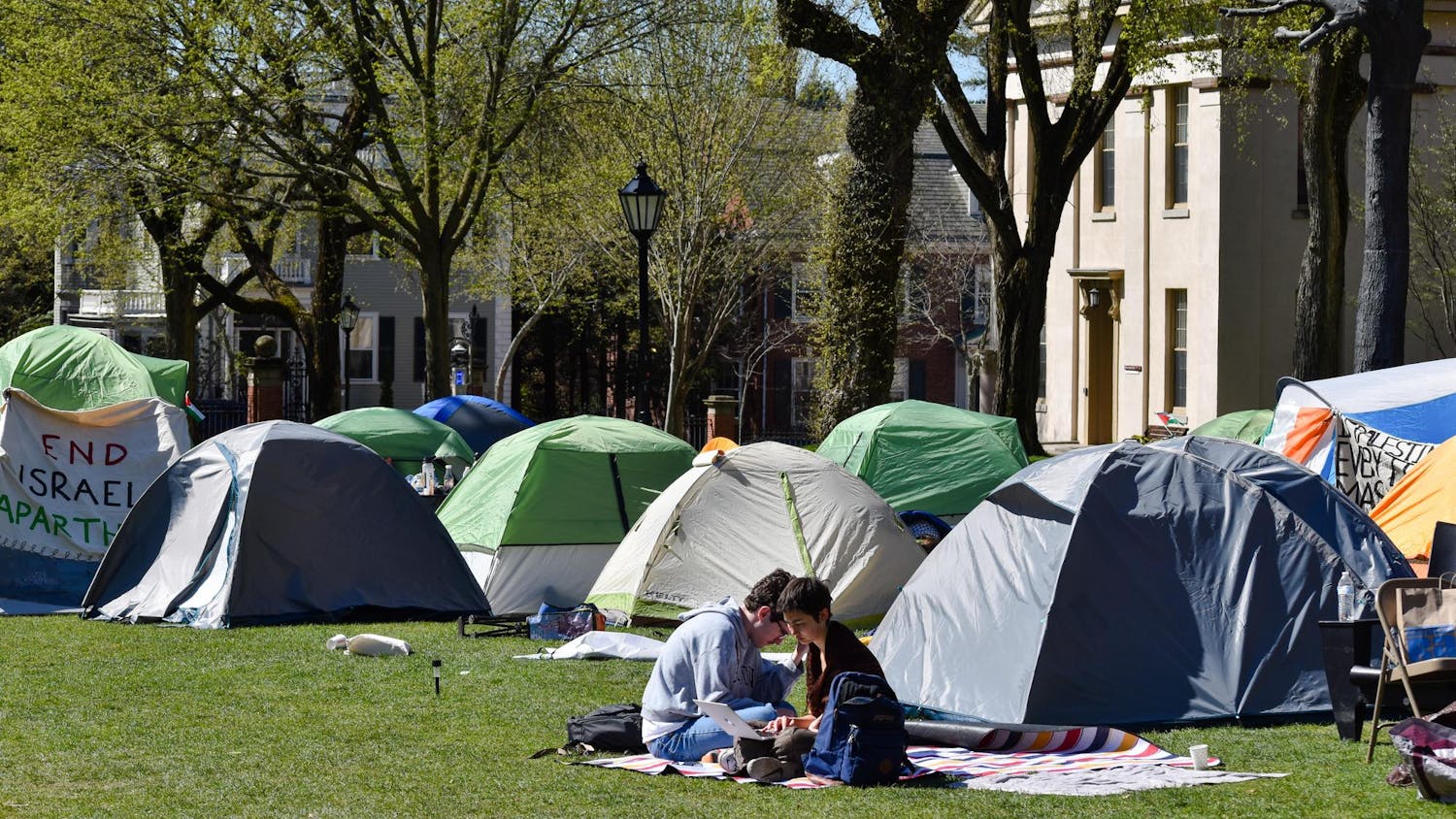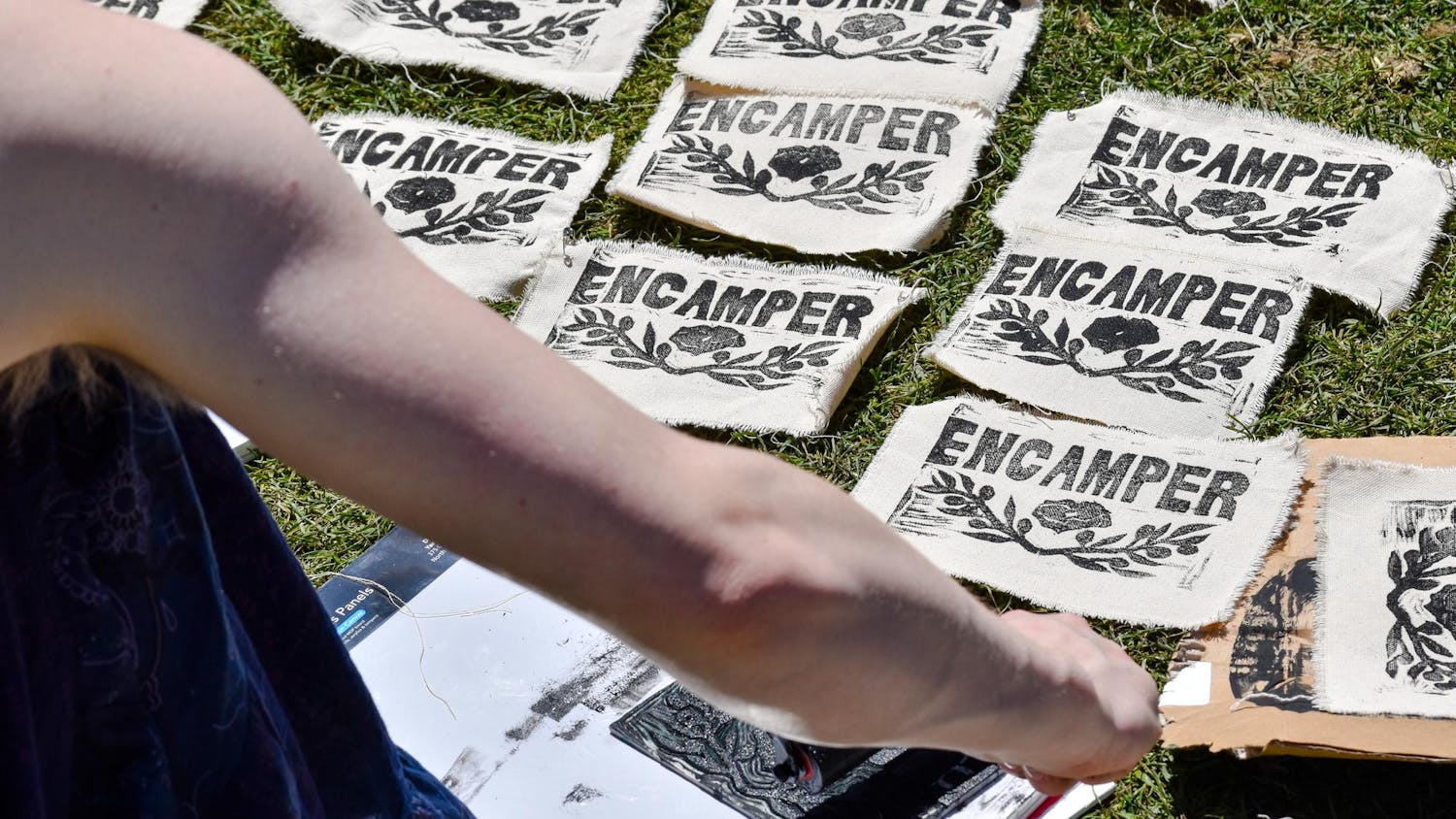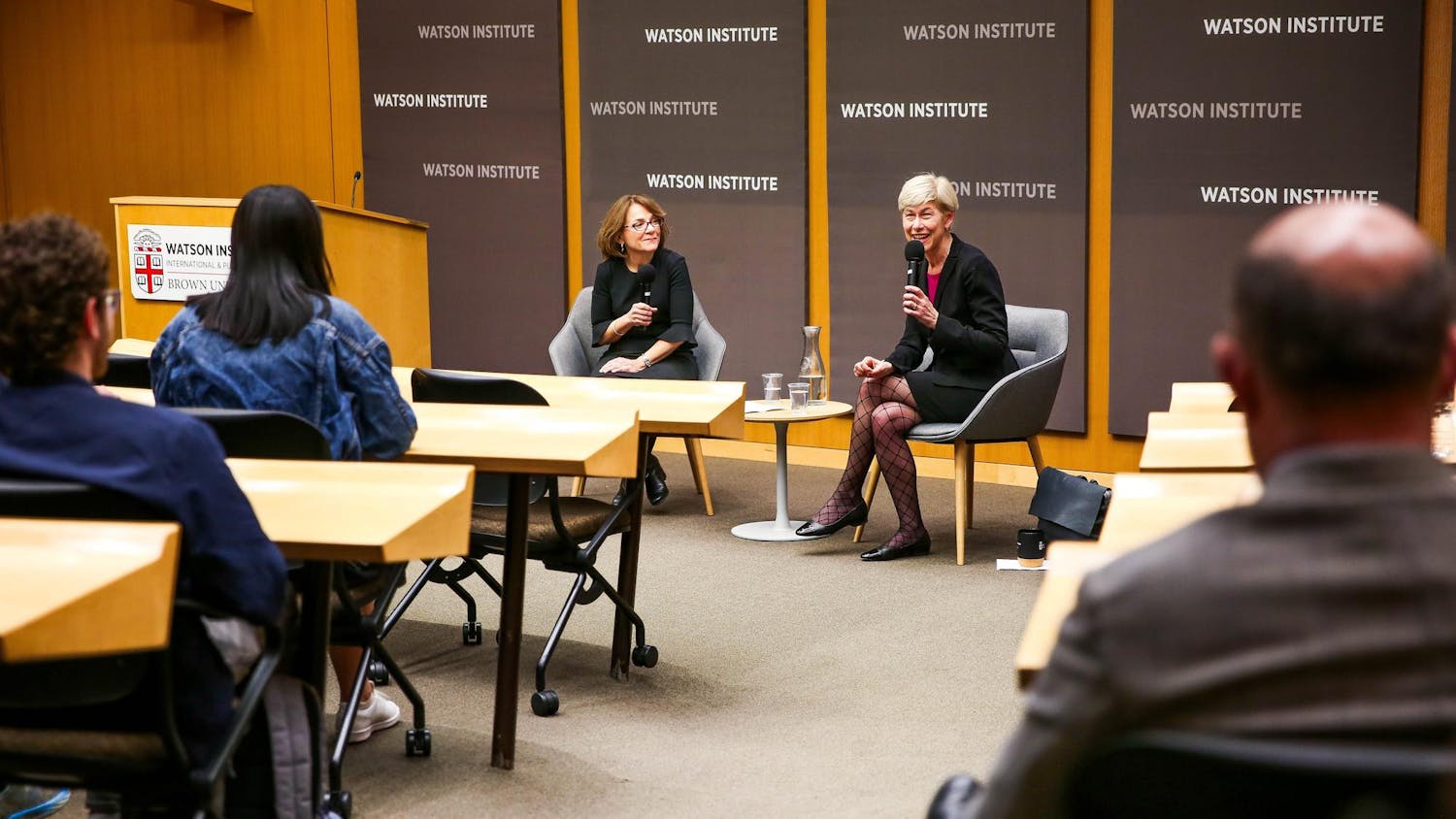Every Wednesday afternoon, the 11 BEST graduate students from a panoply of fields gather in Horace Mann House for discussions with some of the University’s leading administrators.
They’re not there for their grades or scholarship, but they are distinct.
The Brown Executive Scholars Training Program, a 12-week, comprehensive mentoring and training program for advanced master’s and doctoral students interested in university administration, welcomes participants from the humanities and the life, physical and social sciences. “This year, like last year, they’re unique,” said Jabbar Bennett, associate dean of the Graduate School and founder and director of the BEST program. “Eleven students come from 11 different graduate programs.”
Bennett created the BEST Program in 2010 to provide students with an opportunity to discuss various administrative roles and gain direct exposure to administrators’ specific tasks.
Bennett said he strives to offer the privileges he wishes had been available to him as a graduate student.
“When I was in school, I knew that one day, I wanted to pursue one of these types of roles, and there was never a clear path or a venue to discuss these opportunities,” he said.
BEST participants gather for a weekly roundtable discussion with rotating University administrators, and each participant meets at least once a month with an assigned administrative sponsor who helps construct career plans, extends information about resources and collaborates on an optional practicum project.
The current cohort has convened every Wednesday since weekly discussions commenced Jan. 22. So far, participants have heard from Russell Carey, executive vice president for planning and policy; outgoing Provost Mark Schlissel P’15; Beppie Huidekoper, executive vice president for finance and administration; Beverly Ledbetter, vice president and general counsel and Marisa Quinn, vice president for public affairs and University relations.
The weekly seminars educate the students about specific topics, such as “Data-Driven Decision Making” and “Diversity in Higher Education,” allowing them “face time with people who run the University to ask questions they wouldn’t otherwise get the time to ask, like, what does the provost like most about his job and like the least?” Bennett said.
One of the program’s centerpieces is the practicum project that fosters symbiotic relationships between the students and their administrative sponsors.
Rachel Gostenhofer GS, a history PhD student in the program, said that while weekly discussions provide the breadth, “in the practicum you get the depth.”
Gostenhofer can extend her current work as a graduate associate at the Writing Center and experience with writing grants to grant writing for the Office of Continuing Education, she said.
These practicum projects are intended to be mutually advantageous endeavors, Bennett said.
The three main components — the seminar, the administrative sponsorship and the optional project — help distinguish the BEST Program from opportunities at peer universities. “I know it is (unique) amongst our Ivy-plus peers,” Bennett said. “I was invited last year to highlight and describe the program to our peers, because others want to model it.”
Multiple students agreed with Bennett, saying the program is special to Brown. “There are other institutions that have much longer and much more structured programs, but I don’t think that it’s the norm,” said Lawrence Were GS, a PhD student in health services research. “I’ve been to other institutions, and they don’t have anything like this.”
Other schools may assemble panels or offer occasional avenues for education, but “it’s much more piecemeal,” Gostenhofer said. “What’s great about this program is that it gives you a more comprehensive and holistic view of administration. … I think that that’s something that sets it apart.”
At only four years old, the program still has room to grow but is developing quickly. “Each year, the demand is a little more,” Bennett said. “We get a decent number of applications for the eight to 10 slots that we fill.”
But the program itself will also advance and adjust over time, potentially beginning with a change to its current length. “A semester-long effort would be something to think about,” Bennett said. “In 12 weeks, you get the general idea and get a good first exposure into what this world is all about.”
Chiao-Wen Lan GS, a masters student in public health, said she wished future iterations of the program would connect current students with alums.
Overall, many students said they greatly appreciate the program and see it as a natural extension of their academic careers.
For Lan, the program offers a chance to understand the mechanisms behind the support structure she has cherished. “Being here at Brown as a graduate student exposed me to a lot of student support that I wasn’t exposed to as an undergrad,” she said. The assistance she has received has since sparked her interest in student affairs.
Both Gostenhofer and Were said the program is a continuation of their established involvement with student support and university administration.
Packing up his things before his BEST seminar on Wednesday, Were called the program “a great experience.” Asked if he was excited for the discussion, he added, “Oh, yeah. I always look forward to them.”
ADVERTISEMENT




